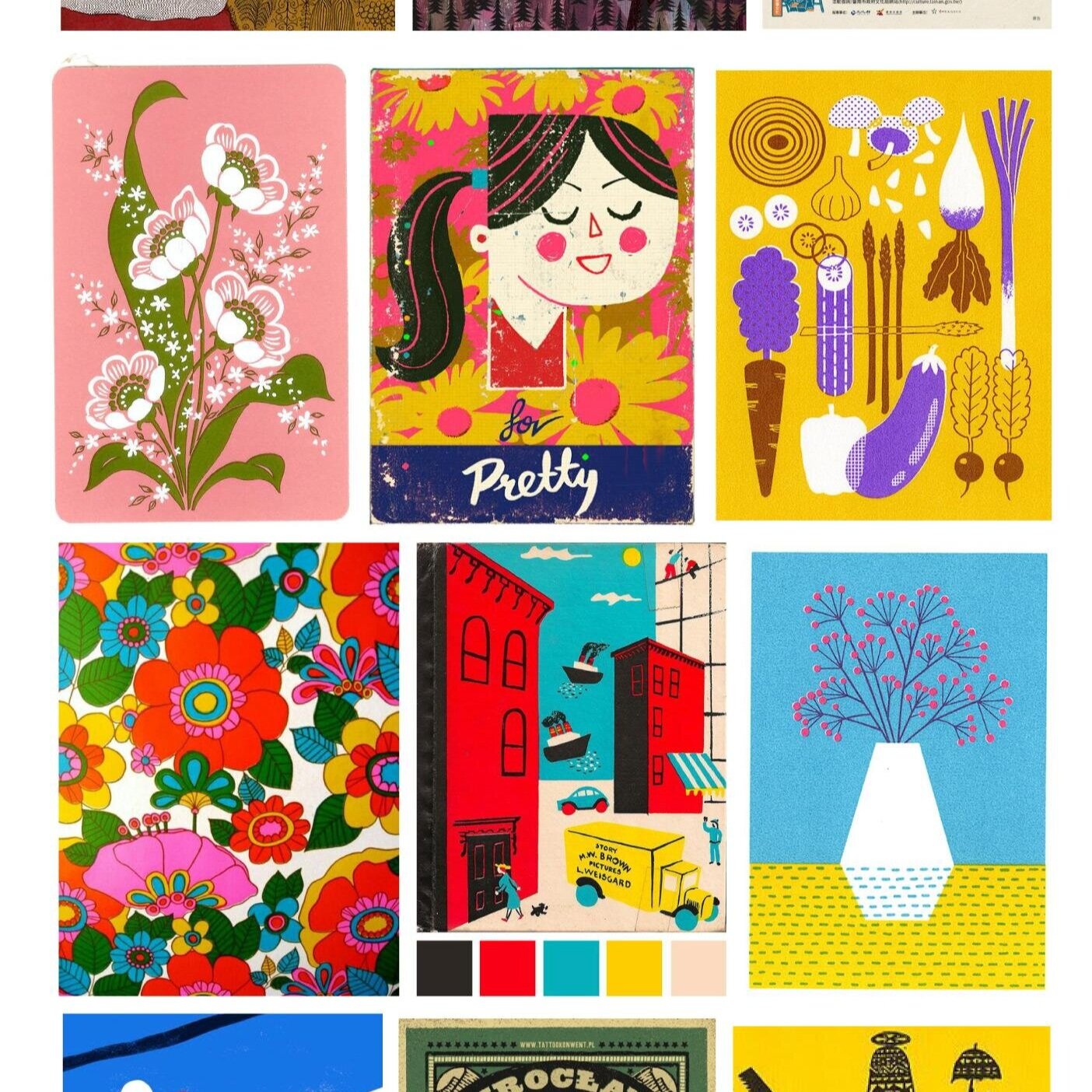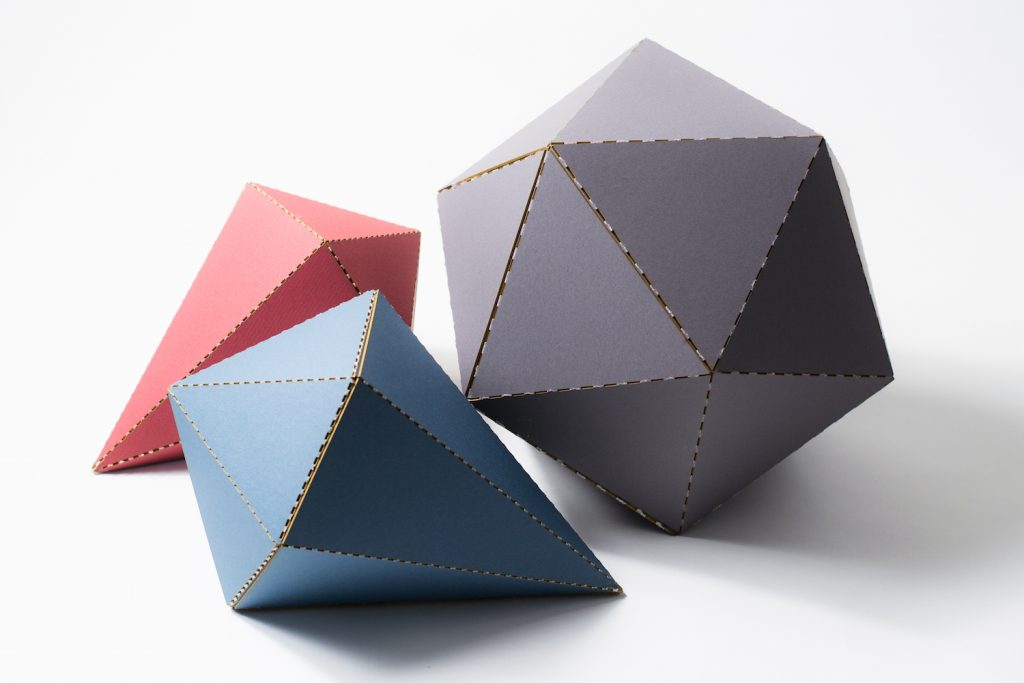Table Of Content

Alignment is the precise positioning of elements, such as text, images, and other visual components, in relation to one another or to a defined grid layout. Proper alignment ensures that the elements are arranged in a way that visually makes sense and contributes to the overall structure and organization of the design. It helps create a clean and ordered appearance, improving readability, clarity, and the visual impact of the design. As we examine the principles and elements of graphic design in the upcoming sections, how this is accomplished will become clearer. B) Asymmetrical balance is not uniform or uses an analytical pattern necessarily.
What Are the Elements of Design?

By utilizing lines effectively, designers can lead the audience's attention to specific elements and create a dynamic visual experience. Shapes are two-dimensional figures that can be either geometric or organic. By manipulating shapes, designers can establish a sense of hierarchy and create visual interest, making certain elements stand out while maintaining overall coherence. Graphic design is an art form that takes a lot of practice and study.
13 Emerging Social Media Graphic Design Trends That Will Define 2023 - Influencer Marketing Hub
13 Emerging Social Media Graphic Design Trends That Will Define 2023.
Posted: Tue, 30 Jan 2024 08:00:00 GMT [source]
Basics of Graphic Design: Principles and Elements
However, you can use other elements, such as scale, contrast, or color, to achieve a design that works. It manifests itself when we don't know which book to choose in a bookstore, and we buy the one whose cover catches our eye. It is also present in the subway or airport, where the signage shows us which way to go. Or even on television, when we see a map full of shapes and colors reflecting the information in the news. Typography also creates a visual hierarchy in a design, by telling the reader where to start and where to go.
RankIQ Review: Is This AI SEO Toolset Worth Your Time and Money?
Of course, line can also be visibly incorporated into your final design as well. You could also consider using a free online color scheming tool, like ColorSchemer, to do the work for you. Have an idea for a project that will add value for arXiv's community?
They are the most powerful communication vehicles because they communicate an immense amount in a fraction of a second. Using them well will make your work more effective than ever imagined. Some people use the Pantone colour wheel, while others prefer the RGB (Red, Green and Blue) colour wheel.
Size in Graphic Design
We can use the simplicity of the line to emphasise the message. You can use scale to create a visual hierarchy for your design. When an element is displayed at a relatively larger scale than the other elements in a composition, our eyes are naturally drawn to it. Learning these skills are an essential part of a good graphic design program.
Learn how to build a business online
Repetition, similarity and proximity can add this visual feeling of completeness to your design. Meanwhile, the design principles are concerned with how to use these elements. They are the rules to keep in mind when using the elements to give visual design cohesion and clarity. Contrast highlights an element by placing it in an unconventional position.

But instead, the bright colors help paint a scene that is innocent and welcoming. Even though most of the shapes here are symmetrical, we can still see some asymmetrical shapes, such as the birds, but are still classed as shapes. Different devices have varying processing power and internet connectivity. Optimize your design to ensure fast loading times and smooth interactions across devices. Design for touch-friendly interactions and consider mobile-specific motions like swiping, pinching, and tapping when adapting your design. Adapt the user flow to match user expectations and ensure a smooth, intuitive experience.
Hierarchy
As you can see, you need more than a good eye for color to work as a graphic designer. Technical skills, design principles and learning to use new kinds of software are all critical abilities for a graphic designer. Form refers to objects that are three-dimensional and is useful concept for defining space, adding volume to a composition and adding contrast. A form will always have height, width and depth, which can be accomplished using other design elements such as value, line and shape. Over time, there have been countless movements in design theory. It’s a dense subject that many brilliant minds have approached, pondered and interpreted.
Contrast refers to the juxtaposition of elements that strongly differ (big vs. small, light vs. dark, etc.) to create visual interest or draw attention to particular elements. Scale isn't quite the same thing as size (though many people tend to incorrectly use them interchangeably when discussing design, i.e., "Make the logo bigger!"). This piece of ad content was created by Rasmussen University to support its educational programs. Rasmussen University may not prepare students for all positions featured within this content.
When a design has harmony, the design elements are working in unity. Without strong unity, this communication breaks down and the design fails. Balance is also achieved by using color, shape, position, value, texture and eye direction. Get the specifics of how to incorporate these principles of balance with this article from Jayce-O-Yesta.
Ensure your design is accessible on all platforms by adhering to accessibility guidelines. This includes considerations for screen readers, color contrasts, font sizes, and other accessibility features. Different platforms have varying space constraints and user needs. Prioritize essential content and features based on the platform’s context.
Proximity applies to spacing, typography, shapes, and the arrangement of information on a page. Proper use of proximity makes communication clear and easier to understand. Appropriate proportion and scale help establish relationships between elements and maintain visual harmony.

No comments:
Post a Comment